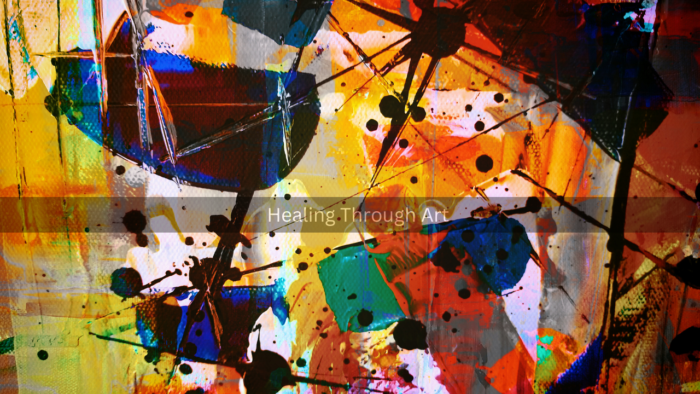
Addiction recovery is a challenging journey, often requiring a multifaceted approach to address both the physical and psychological aspects of the condition. One increasingly recognized and effective component of this journey is creative expression through art. Art therapy, encompassing various forms of creative activities, provides a unique avenue for individuals in recovery to explore their emotions, develop coping skills, and foster personal growth. This article delves into how art can play a crucial role in supporting addiction recovery.
The Therapeutic Benefits of Artistic Expression
Art therapy leverages the power of creativity to facilitate healing. Engaging in artistic activities—whether painting, drawing, sculpting, or even writing—can offer a non-verbal outlet for expressing complex emotions. For many individuals struggling with addiction, articulating feelings can be daunting and overwhelming. Art allows them to bypass traditional communication barriers, offering a safe space to explore and externalize internal conflicts.
One of the primary benefits of art in addiction recovery is its ability to provide a sense of control and accomplishment. Creating art can be a meditative and grounding experience, helping individuals to focus their attention on the present moment and away from cravings or negative thoughts. The act of making art itself becomes a constructive distraction, enabling individuals to develop new coping mechanisms and build self-esteem.
Fostering Emotional Exploration and Self-Discovery
Art encourages introspection and self-discovery, which are vital aspects of recovery. Through the creative process, individuals can gain insights into their own experiences and emotions. For instance, a person may use colors, shapes, or symbols to represent their feelings of anxiety, loss, or hope. This visual representation can help them understand and process their emotions more deeply.
Moreover, art provides a means to confront and reframe past experiences. Individuals in recovery can use art to explore their histories and the impact of addiction on their lives. By expressing their narratives through creative means, they can reframe their stories in a more empowering and healing light. This process not only aids in personal growth but also helps in breaking the cycle of shame and self-blame often associated with addiction.
Building Connection and Community
Art therapy also fosters social connection and support. Group art therapy sessions allow individuals to engage with others who have similar experiences, creating a sense of community and shared understanding. These interactions can reduce feelings of isolation and loneliness, which are common in addiction recovery. Sharing art can also be a powerful way to build trust and empathy among participants, strengthening their support networks.
Furthermore, the collaborative nature of group art activities can enhance social skills and provide a platform for constructive feedback and encouragement. This communal aspect of art therapy helps individuals feel valued and connected, reinforcing their commitment to recovery.
Integrating Art into Recovery Programs
Incorporating art into addiction recovery programs can be highly effective when combined with other therapeutic modalities. Art therapy can complement traditional treatments such as cognitive-behavioral therapy, medication, and support groups. By integrating creative expression into the recovery process, individuals can benefit from a holistic approach that addresses both mental and emotional aspects of their journey.
Recovery is a deeply personal experience, and art provides a versatile and adaptable tool to meet diverse needs. Whether through individual art therapy sessions or group workshops, creative expression can empower individuals to navigate their recovery path with resilience and hope.
In conclusion, art therapy offers a valuable and enriching dimension to addiction recovery. By facilitating emotional expression, self-discovery, and social connection, art helps individuals to heal and transform their lives. As more recovery programs embrace the therapeutic potential of art, the journey toward healing and well-being becomes a more colorful and meaningful experience.